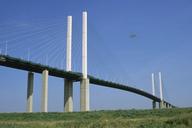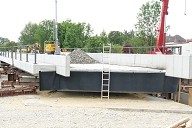Detachable Anchorages for Expansion Joints
The first section of the new Duisburg-Neuenkamp Rhine Bridge is already open to traffic, but it will not stay where it currently is. A spectacular transverse launching is planned for 2026, which will also include the expansion joints. MAURER therefore designed special detachable anchorages.
The Duisburg-Neuenkamp Rhine Bridge including expansion joints is transversely displaced
As part of the A40 motorway, the Rhine bridge in the Neuenkamp district of Duisburg connects the Ruhr region with the Netherlands. In the 1990s, it had been expanded from four to six lanes due to heavy traffic; but this had such a severe impact on the bridge’s steel structure that fatigue of the steel superstructure endangered the structural stability. In the late 2010s, the bridge was closed to trucks and new construction became inevitable.
First section of the bridge has been inaugurated
A ten-lane cable-stayed bridge is being built with two separate superstructures and dedicated foot and cycle paths alongside them. With a total length of 803 metres, the bridge features a main span of 428 m over the Rhine. The eight pylons located in the flood areas of the Rhine meadows are 68 m tall and support ten double stay cables in each case.
As the bridge is ultimately intended to realign with the axis of the existing A40, the southern superstructure was initially built in a lateral position and inaugurated at the end of 2023. It now supports the entire traffic load including trucks on six lanes.
14.4 m transverse displacement
Currently, the old bridge is being dismantled and then the second, northern superstructure will be built. In the final stage, the southern bridge is likely to be moved to its final position in 2026. The transverse displacement by 14.4 m is carried out including the pylons.
Detachable expansion joints
This transverse displacement poses a particular challenge: as the southern superstructure is already open to the traffic, it has fully functional expansion joints. Expansion joints are installed at the ends of the bridge to compensate for longitudinal movements of the bridge deck as well as dynamic structure movements.
MAURER has designed special expansion joints for the southern superstructure so that they can be moved with the transverse displacement in 2026. The anchorage of the expansion joints was equipped with a special steel construction which can be detached prior to the transverse displacement. In addition, the expansion joint was embedded into concrete using lean concrete which will be removed prior to the transverse displacement. In its final position, the expansion joint is then installed with the usual rapid-hardening concrete.
There has never been a transverse displacement of expansion joints of this size before. Here, the challenge did not lie in the movement of up to 900 mm. MAURER has already built and displaced expansion joints before, which allowed for much larger movements. It was the special geometry of the expansion joints that proved to be rather intricate: they have a varying transverse slope and an enormous length at up to 48 m.
MAURER supplies a total of eight expansion joints for the new Rhine bridges: XLS 900 and XLS 400 for the main lanes as well as XLS 900 and DB 130 for the dedicated foot and cycle paths alongside them.
A video published by DEGES shows the transverse launching procedure:
References
Relevant Websites
- About this
data sheet - Product-ID
8051 - Published on:
31/05/2024 - Last updated on:
31/05/2024

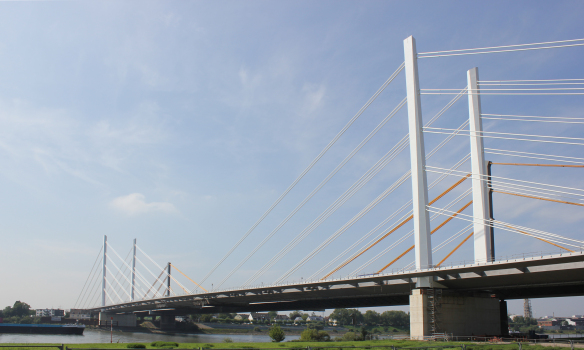
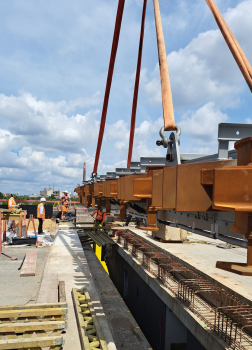
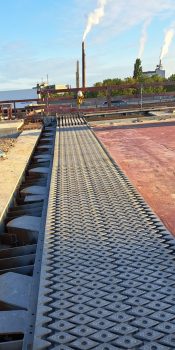
 MAURER SE
MAURER SE 
